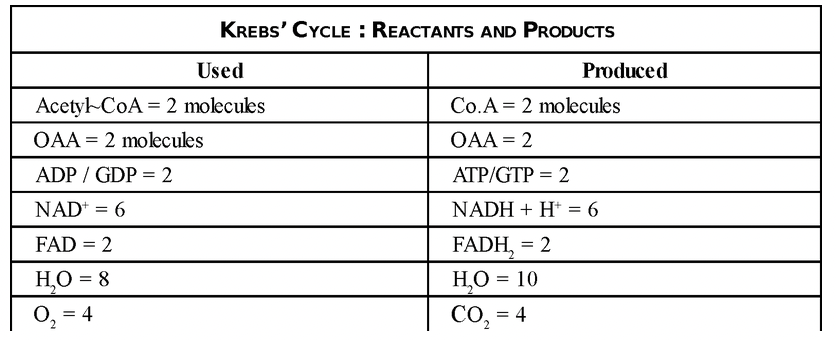Kreb's Cycle
Cellular Respiration of Class 11
Details about Kreb's Cycle
Kreb's Cycle was discovered by Hans Krebs in 1937 in nematodes and pigeon muscles for which he received Nobel Prize in 1953.
The first product of this cycle is citric acid which is tricarboxylic acid and hence this cycle is also known as citric acid cycle or Tricarboxylic acid (TCA) cycle.
This is a cycle because the last step regenerates the reactants of the first step.
Krebs’ cycle occurs only under aerobic conditions as it requires continuous supply of NAD and FAD.
In eukaryotes, the entire set of reactions of Krebs’ cycle occur in the matrix of mitochondria but in prokaryotes, Krebs’ cycle occurs in cytoplasm.
In eukaryotes all enzymes of Krebs’ cycle are found in the matrix of mitochondria except succinic dehydrogenase which is located in inner membrane of mitochondria.
Krebs’ cycle is a low energy producing process just like glycolysis as it itself produces only 2ATP/GTP by substrate level phosphorylation.
Basically, Krebs’ cycle is a catabolic cycle as it oxidises acetyl~CoA and organic acids into CO2 and H2O, but it is an amphibolic pathway as it serves in both catabolic and anabolic process. It not only functions in the oxidative catabolism of carbohydrates, fatty acids and amino acids, but also provides intermediates used in the synthesis of amino acids, chlorophyll, aromatic porphyrins etc.

Fig. Kreb’s Cycle
One turn of Kreb’s cycle (i.e., one molecule of Acetyl~CoA) Produces 12 ATP.
Krebs’ cycle acts as a common pathway for metabolism of carbohydrates, fats and proteins. It acts as a metabolic sink to receive the intermediates of fats and proteins for metabolism for their final oxidation.
Acetyl~CoA is a common intermediate to both glucose and fat respiration.















